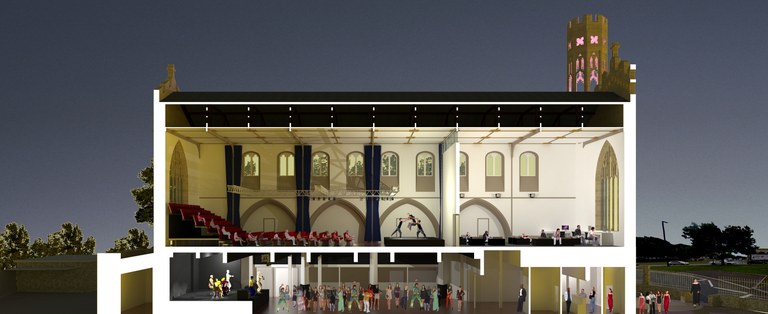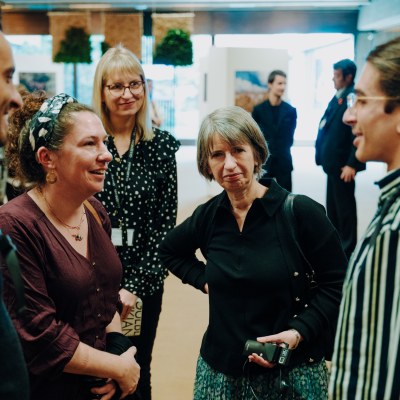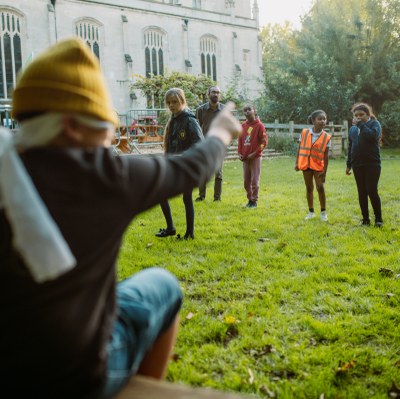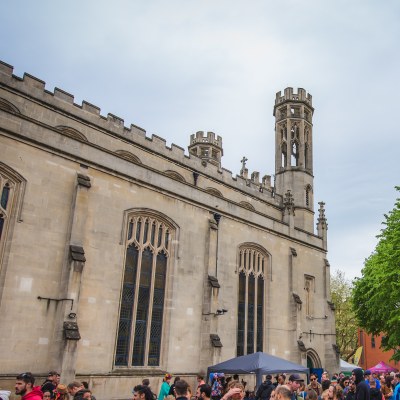Facing a closed door

Stunting community and voluntary arts organisations by restricting access to capital funding will hurt the whole sector in the long term, warns Emma Harvey.
The decision made by Arts Council England (ACE) to limit access to its Small Capital Grants programme, which awards grants of up to £500k, (ArtsProfessional, 6 April 2018) puts at risk the funder’s own wider goals and should be of concern to anyone working in the sector.
The grant programme, which aims to ensure arts and cultural organisations have the capital assets they need to deliver great work and to build resilience, is now only open to National Portfolio Organisations (NPOs) – those arts organisations already in receipt of regular funding from ACE. Historically non-NPOs were able to gain their regional representative’s permission to apply.
It’s easy to see how keeping current portfolio organisations afloat can become the priority. Public funding for the arts is diminishing and post-2022 ACE will be faced with difficult decisions around how to sustain regular investment in the arts.
However, this decision creates a dilemma regarding the furtherance of the Creative Case for Diversity. Specifically, how to develop new, under-represented and emerging artists and audiences, beyond those most ‘culturally active’ and the predominantly white 8% of the population who are cited as the largest consumers of publicly funded arts.
Funding only the existing and established leaves little space for sector transformation. In the context of an arts sector being told to be more resilient and a wider voluntary sector being told it just needs to ‘grow up’, my organisation – Trinity Community Arts in Bristol – and comparable arts organisations are confined to playing junior partner roles to NPOs as opposed to collaborating as equals and pioneers in our own right.
If this is about great arts and culture for everyone then, as the 2015 Report by the Warwick Commission on the Future of Cultural Value suggests, “a strategic shift is needed from a funding and policy infrastructure that focuses on the support of the supply of cultural experiences to an approach that addresses unrepresentative levels of diversity and participation as an equally important objective of policy and strategic development for the arts, culture and heritage”.
The shift needed goes beyond representation, as one of our trustees observed: “To effect real change, we need a pluralist approach to infrastructure; one that acknowledges nuances in scale and that allows a diverse ecology to grow.”
Trinity is on a journey. For over a decade, our ‘main’ daytime entrance was the Vestry – a small, inaccessible door at the rear of our beloved former-church. Originally an entrance with a singular purpose, we sought to fashion it into an accessible gateway for arts and culture for the people of East Bristol.
We stuck a sign on the door, which read: “PUSH THE DOOR, IT MIGHT BE OPEN.”
It had a yellow smiley face on it – a cheeky reference to the glowing rave culture icon, as opposed to a soulless emoji. One visitor even fashioned this make-do slogan into a keyring; transforming the operational sign into an inspiring message of cultural, social and spiritual empowerment.
We now have some swanky automatic doors and may be, in part, that bit easier to get inside. We’re still on our journey – that is, if it can truly ever be ‘completed’ – but we are thankful for all the support we have received and continue to receive, which has helped elevate us from our activist roots to become a serious part of Bristol’s cultural and social landscape.
Trinity is, in many ways, so very privileged. However, at this point we now find ourselves – as an evolving community arts space – at a door that is closed to us.
John Dyer said: “Diversity is inviting people to the party, inclusivity is asking them to dance.” Sometimes just getting through the door is the biggest hurdle.







